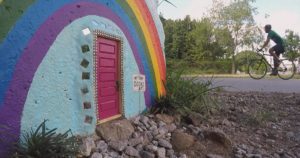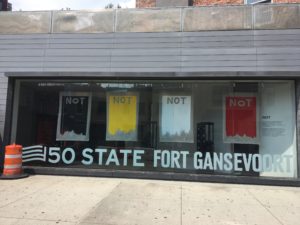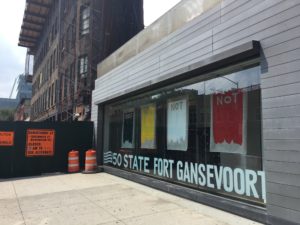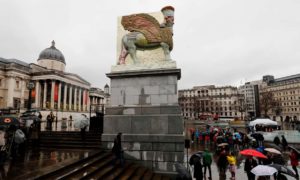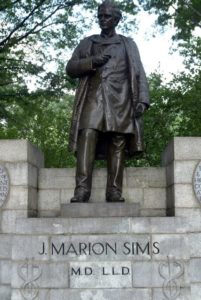In what ways do the arts precede activism? In what ways does activism provoke the arts? And how do the comings together of the arts and activism enable people to re-experience the potentials of the world? Writer, activist, cultural advocate, and Chicago native Jane M. Saks has been probing such questions for decades. Furthermore, the commonality of art and activism is Saks’ belief that “human dignity” is the core for any form of social justice within artistic practices.
One such example of Saks’ pursuit for human dignity through the lens of art making is her work as Artistic Director of Project&. As the mission of Project& states:
In collaboration with artists, Project& creates new models of cultural participation with social impact. We amplify artistic voices that risk, engage, investigate and inspire, highlighting issues at the forefront of our time including: race, justice, access and equity, identity, gender, cultures of violence, human rights and economic inequality.
Project& believes art changes the world. We believe that the core of the artistic practice is courage; when unleashed, it creates conditions for collective action that are inspired, resonant, and contagious. Forging expansive connections and engendering trust are fundamental to unleashing the artistic spirit in the work of Project&. As we seed chance through artist collaboration, we spark chain reactions and consequences that set cultural participation in motion in ways we cannot anticipate or predict. The impact of the Project& practice and of our artist/collaborators comes into ever-sharpening focus over the arc of time.
